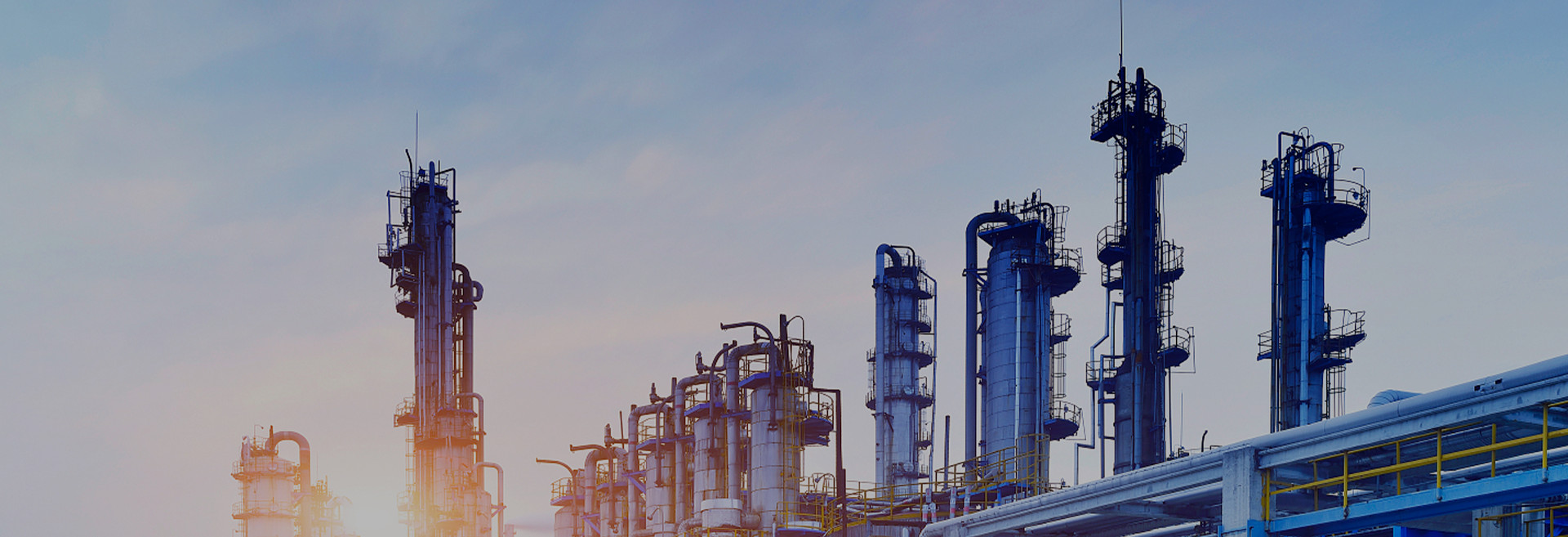Moisture is a condition for the production of toxic substances from Sulphur Hexafluoride equipment. If the water content of Sulphur Hexafluoride gas exceeds the specified water content, when its water content changes, it can condense on solid insulating surfaces, making the surfaces wet, and then the surface discharge voltage of the equipment will drop significantly. The low-fluorine composite gas produced by the decomposition of sulphur hexafluoride gas under the action of arc and corona does not produce SO2, HF and other hazardous substances, and does not require the external state of water molecules to avoid the corrosion of equipment caused by it. Therefore, when injecting sulphur hexafluoride gas into the equipment, strict measures must be taken to prevent moisture from entering.
(1) Before commencing work, first measure the relative humidity of the ambient air ≤ 80% (i.e. the percentage of the ratio of the water vapour density of the air to the saturated water vapour density at the same temperature), which is a specific indication of the limit of moisture content in the air. If the test fails, measures should be taken or dry and sunny weather should be re-selected for filling.
(2) In order to vent and replace leaking SF6 gas in a timely manner, the fan must be switched on when the main tip is filled and the requirement that the SF6 content of the air must not exceed 1000 ppm must be carefully observed. The inspection shall be carried out some time after the commencement of the work, and the lateral inspection shall be carried out in the middle of the path, as the case may be. If the SF6 gas content increases or exceeds the standard, a detailed inspection of the components should be carried out immediately in order to identify and eliminate the cause.
Post time: Apr-15-2024

